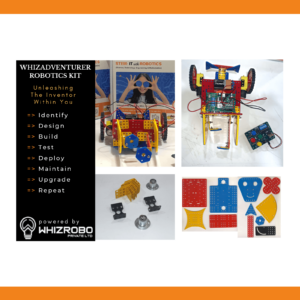Certainly! Let’s delve into the fascinating story of India’s first indigenous supercomputer, a major milestone in modern India’s technological odyssey. The Birth of PARAM 8000: India’s First Supercomputer
In the late 1980s, India faced a significant challenge. The United States had imposed technology embargoes, preventing the export of advanced supercomputers, including the renowned Cray supercomputer. These powerful machines were critical for developing satellites, nuclear weapons, and other high-speed computational tasks. Undeterred by this technology-denial regime, India took matters into its own hands. In 1991, the Centre for Development of Advanced Computing (C-DAC) embarked on a groundbreaking mission: to create an indigenous supercomputer that would meet the
country’s computational needs. Here’s how the story unfolded:
● The Cray Embargo: The US had halted the export of Cray supercomputers to India due to concerns that the nation might use them for military purposes rather than scientific research or weather forecasting.
● C-DAC’s Vision: Established in March 1988, C-DAC had a clear mandate: develop an indigenous supercomputer. The Science Advisory Council to the Prime Minister (SAC-PM) recommended this initiative. The goal was to empower Indian researchers and solve complex problems through fast number crunching.
● Vijay P. Bhatkar: To lead the project, then-Prime Minister Rajiv Gandhi turned to a man who hadn’t seen a ‘super’ all his life: Vijay P. Bhatkar. Bhatkar became the driving force behind India’s supercomputing journey.
● PARAM 8000: The result of relentless effort was PARAM 8000, India’s first-ever indigenous supercomputer. The name “PARAM” stands for Parallel machine. It was a series of gigaflop supercomputers, and its development marked a turning point in India’s technological landscape.
● Parallel Computing: What made PARAM “super” was its concept of Parallel computing. Tasks were broken down into smaller components, processed simultaneously by multiple nodes, and their outputs combined to achieve the final result.
● Export to Germany, UK, and Russia: PARAM 8000, with its 256 nodes, stunned the world. Not only did it serve India’s scientific community, but it was also exported to Germany, the United Kingdom, and Russia.
● Legacy: PARAM 8000 paved the way for subsequent supercomputers in the PARAM series, including PARAM 8600, PARAM 9000, and PARAM 10000. These machines continue to be used for both public and private purposes.


